
Meghalaya’s rural population is largely unconnected to formal banking network and about 75% of the population currently without any bank account or access to banks. This means that a significant population of the state is deprived of access to financial services which are essential for enterprise promotion and overall economic development. The Integrated Village Cooperative Societies (IVCS) were created to help overcome the challenges of poor financial inclusion and access to financial services in rural Meghalaya.
These cooperative societies have been conceptualized using lessons from past attempts while also looking at successful models in other parts of the country. The IVCS are designed to be able to legally carry out financial activities and provide thrift, credit, and other financial services to the people. Further, they also provide a range of other nonfinancial services based on local demands and needs. IVCS are entirely local institutions that are managed and operated by the community.
The IVCS operates on a membership subscription basis and requires as few as 15 members to start. New members can join by purchasing shares of the IVCS as part of the subscription. The price of each share is decided by the Cooperative Society. There is no ceiling to the number of members that it can have. However, given the type and scale of activities, a membership of 300 or higher is typically required. As is with other cooperative societies, these IVCS are managed by a Managing Committee comprising male and female elected members of the cooperative. Each IVCS is strategically located within a cluster of villages to ensure maximum access to as many people and villages as possible.
The primary role of the IVCS is to provide thrift, credit and other financial services to its members. However, as stated earlier IVCS can also provide other local services including selling inputs and other essential requirements that have been sourced from outside the village; aggregation of crops/products of members with a view to market the same advantageously for improved price realization; act as service provider or medium for channelizing government schemes and services, providing facilities for storage; acting as a service provider for different entities that would like to reach the village households through the medium of the IVCS for variety of objectives such as marketing of products as well as functioning as a service agency of financial and non-financial bodies;
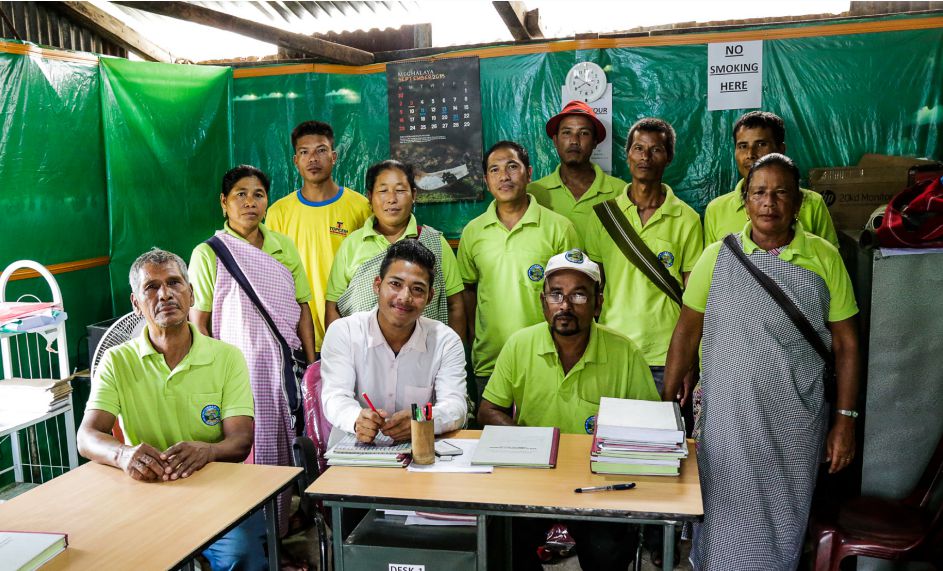
The Mawlong Nongtluh IVCS is one of the progressive IVCS that was registered in October 2017. It caters to MawlongNongtluh village and neighboring villages serving a total of 182 households. The cooperative society has a high enrolment rate with a total membership count of 409 members of which 53.30% are women.
Date of registration: 21st of October, 2017
Share price: Rs. 500 per share (At least 1 share required for membership)
Total members:409
Total share capital:2,04,500
Annual turnover:13,000 as of June 2019
Activities of the IVCS
The society’s primary activity is thrift and credit. Thanks to its high membership, the society has been able to mobilize a share capital of approximately INR 2 lakhs. Another INR 2.5 lakhs amount was received from the government through the Meghalaya Livelihoods and Access to Market Project (M-LAMP). Using this capital, the society has disbursed loans totaling approximately INR 4 lakhs to 84 members with an average loan size of approximately INR 5,000. Additionally, members who received loans from the society were able to access higher loans from formal banks.
In terms of savings, a total of 97 accounts have been opened with the society and the total savings stands at INR 10 lakhs.
Highlight of performance
Thrift
Total Savings accounts: 97
Total amount saved: INR 10,71,305
Credit
No. of loans disburse:84
Total amount disbursed: INR 4,05,500
Loan size: between INR 2000 to INR 15000
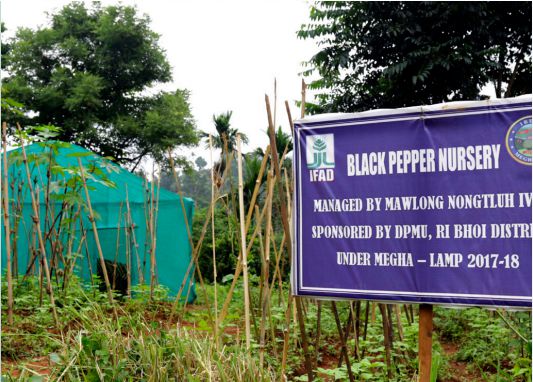
A notable highlight of this society is the approach it has adopted for business development, leveraging on key demands in the local market for creating profitable business opportunities to sustain the society. For example, through surveys, the IVCS has been able to identify that cement is in high demand locally, but that it is only available from neighboring markets at high prices. Today, the IVCS sources cement in bulk directly from the Nongpoh market (25 km away) to reduce cost and supply it locally at much lower prices than from the neighboring markets. A retail shop has also been opened by the IVCS to sell the cement.
Another key business activity of the IVCS is the aggregation and marketing of local pineapples and black pepper. Member farmers contribute land, planting material, and labour and through the IVCS, engage in finding high-value markets for marketing. This is one of the key revenue generation activities for the society and its members. To strengthen this activity, the society recently started a pineapple and black pepper nursery with a small investment of INR 30,000. This is expected to lower the cost of inputs which would help enhance profit for the IVCS and its members.
South West Garo Hills is rich in natural resources and has an abundance of cash crop that is accessible to most farmers, but their full potential for economic development is yet to be realised. Sensing the opportunity, the government in collaboration with Bakdil NGO supported the establishment of what would be one of the first Proto(type) PRIME Hubs that would introduce local farmers to organised entrepreneurship facilitation for economic enhancement.
About 95% of the farmers in South West Garo Hills grow arecanut either in large or small scale. This presents a tremendous opportunity for innovative value addition such as the manufacturing of bio-degradable arecanut leaf plates, which also bodes well with the state’s vision for sustainable development. Another area of opportunity in this domain is paper recycling. These were the two activities initially taken up under the Proto PRIME Hub.
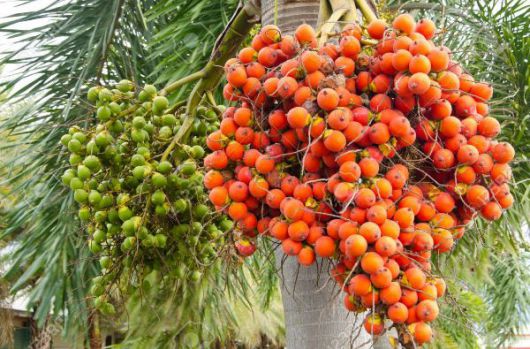
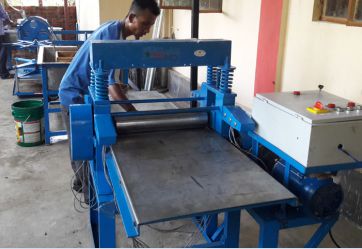
The Proto PRIME Hub was conceptualised jointly by the district administration and Bakdil NGO and is setup as a micro manufacturing hub with an investment of INR 20 lakhs made by MBDA through its viability gap funding programme. The unit comprises an RCC building and machineries and is currently fully operational. Besides manufacturing and recycling, the unit is also equipped for cross sector training and marketing of products.
The Hub is currently operated by the BakdilMikasal Farmers’ Producer Organization, a registered society supported by Bakdil NGO, comprising 260 members from 34 villages. The organization has also been facilitated through the Enterprise Facilitation Centre (EFC) at Zikzak where it was supported with online marketing and connected to various departments and institutions for support. Production started from October 2018.
For day-to-day operations of the unit, 6 people have been employed both from amongst the members of the organization as well as from outside.


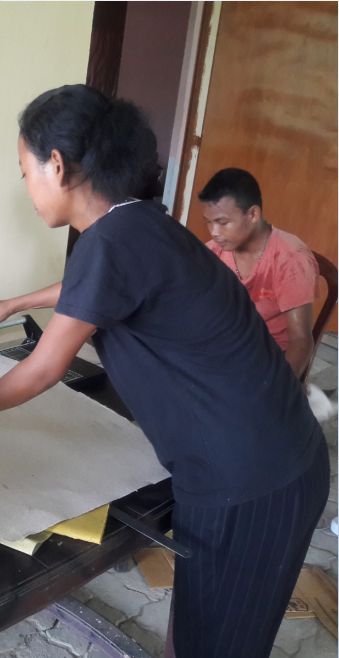

Presently farmers are playing a passive role in the value chain and are dictated in their actions by traders and other intermediaries. Value chain development efforts aim at making the present community production system an active player by positioning farmers within the market system in the process of addressing markets related needs to their advantage.
Of the many agricultural activities to be pursued, one that assumes importance is the development of ginger sub-sectors in the state. As this sub-sector has the characteristics that place it well (naturally endowed land and prevalent micro-climate in the state) and form a substantial share of the state’s agriculture economy wherein most households are involved in its cultivation. Ginger in particular is considered by farmers as their “ATM”, a ready source of money which is many a time left growing in the field and harvested only in times of need.
The need for value chain planning and execution stems from developing a deeper understanding of the market and related requirements, and of the role of players involved in the product’s handling process, as it moves along the supply-chain. Once an understanding has been developed, efforts can be directed at addressing areas that can be influenced to optimize costs associated with every activity to make the product more competitive from a market standpoint. This approach encourages producers to look at market expectations and work backwards to conform to such requirements, thus bringing synchronization to the efforts planned. This is achieved through a series of Multi Stakeholders Platforms (MSPs) at state, district, block, cluster and village level to identify gaps and interventions for the value chain.
In attempting to develop the ginger value chain, a number of challenges have risen which need to be addressed systematically and holistically. Some of the key issues include:
The off season production cycle could be a key unique selling point (USP) that could fetch high returns for farmers. In terms of investments, institutional buyers will be more open if a secure chain of custody is developed for Organic produce. Besides this, collective organization in terms of production and marketing could change economies at the input and market end. There is an existing market for retail spices in the North East region and this can be tapped by pursuing organized efforts that meet the needs of quality as per demand.
In terms of production, there is ample scope to improve the ability of land and farmers to pursue improved inter-cropping and use improved varieties to yield higher returns to farmers. Further, improved storage facilities could free the fields from occupying, un-harvested ginger for other crops that can yield returns.
Under the Meghalaya Livelihood and Access to Markets Project (Megha-LAMP), a survey of ginger production was conducted in 60 villages. The results revealed that about 19,80,300 kgs of ginger was produced from 1,819 acres belonging to 3,258 households. Sowing is generally done during March and April. Harvesting of mother Rhizome is generally carried out between July to September. December to February is considered to be the main harvesting month. Other key insights obtained are highlighted below:
| AVERAGE MARKET PRICE VARIANCE 2015-2019 | |||||
| YEAR | 2015-2016 | 2016-2017 | 2017-2018 | 2018-2019 | 2019-2020 |
| LOWEST PRICE (Rs/Kg) | 800 per Mon/40kg | 1200 Mon/40kg | 1200 Mon/40kg | 3000 Mon/40kg | 3000 Mon/40kg |
| MAXIMUM PRICE (Rs/Kg) | 1500 Mon/40kg | 1500 Mon/40kg | 1500 Mon/40kg | 4000 Mon/40kg | 5000 Mon/40kg |
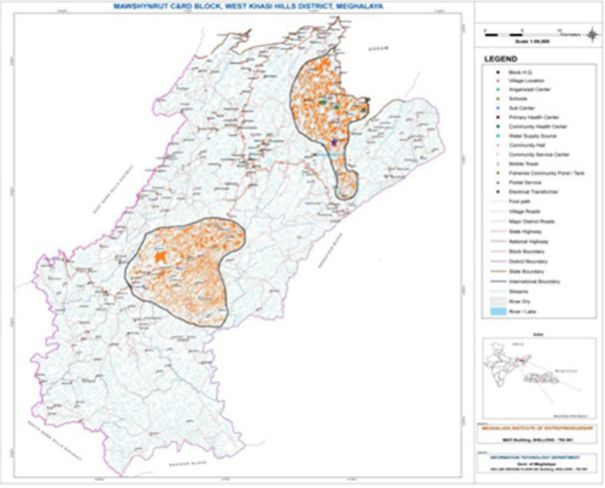
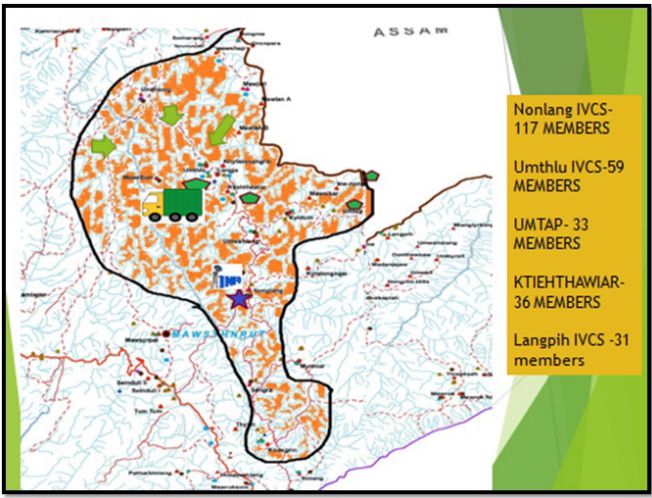
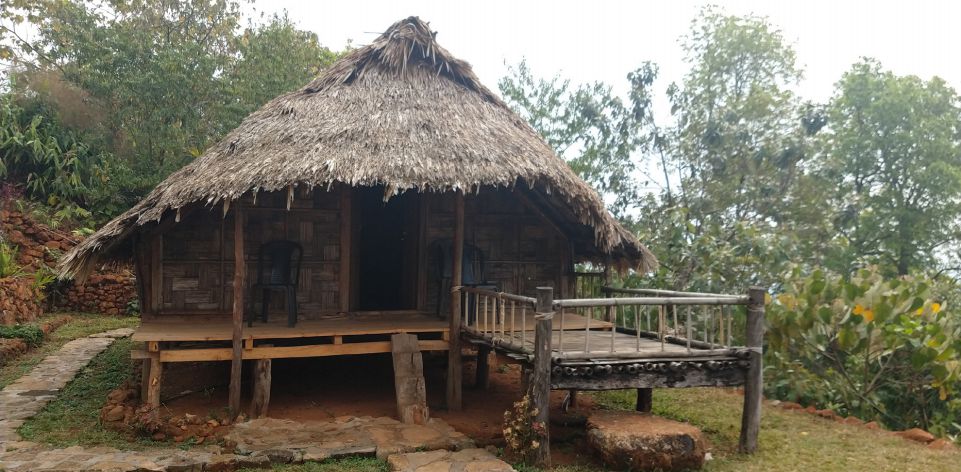
The Indigenous Agro Tourism Cooperative Society (IATCS)was formed in 2013 in Kongthong, a village 56 kilometers from Shillong that is best known as the ‘Whistling’ or ‘Singing’ village. Led by Rothel Khongsit along with a handful of youths, the society works to promote agro-tourism as a means of livelihood, and to put their village on the tourism map of the state. The society is one of a number of tourism societies that are gaining popularity in the state thanks to the increasing tourist footfall over the last decade and a high potential tourism sector that is still in its nascent stages. This spurt in numbers has created employment opportunities for many people, particularly the youth of the state right from basic livelihood for sustenance to lucrative business opportunities. IATCS too has been able to provide employment for 15 youth who were otherwise school or college dropouts, with agriculture as their only alternative for earning a living.
The society adopted best practices from popular trends in agro-tourism and offers personalised experiences for tourists, with the ‘whistling village’ being the central and unique theme of the experience. Visitors get to immerse in the local culture, the way of life of the people, the scenic natural surroundings and the unique whistling practices seen only in this part of the country.
Every person in Kongthong has a tune as a name, composed by their mother. The Indigenous Agro Tourism Cooperative Society uses this as the unique selling point to attract tourists from various parts of the country and abroad to the village.
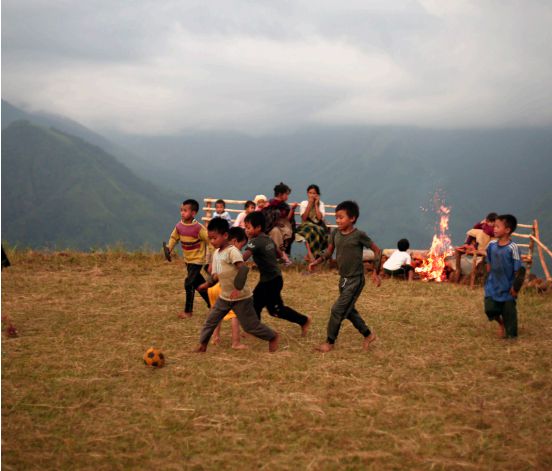
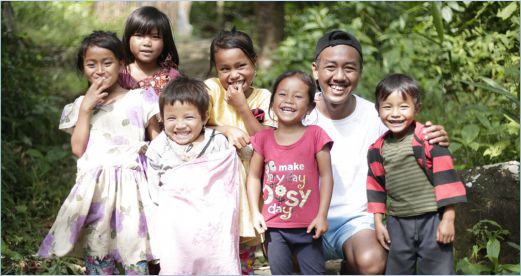
The key source of income is the accommodation. The society charges INR 2,000 per night for the cottages, Rs 500 for tents and INR 200-250 for lunch/ dinner.
The income earned is divided into two parts, one part is used for paying the group and the employees while the other is kept in the society’s fund to be used
for maintenance and future expansion. Currently, the society is working on expanding the number of accommodation.
The society has divided itself into 5 smaller working groups. Tasks are assigned to each group on a rotation basis and the groups are paid on a daily basis. This ensures that all members get an equal opportunity to earn.
With a share capital from the Department of Cooperative Society, the society was able to build the ‘Kongthong Traveller’s Nest’ cottages. These cottages are made using bamboo as traditional huts for accommodations.
Secondly, to remove language barriers and help tourists truly enjoy the immersion, several youths were sent for English language training and hospitality training to the capital city of Shillong.
The society also helps arrange for demonstrations of the unique tunes given to
community members. Local produce such as seasonal fruits, wild peppers, broomsticks, and honey that have been properly packed are made available for visitors.
Today, the Cooperative Society has 40 members and employs 3 full-time employees to manage routine work such as housekeeping, gardening, and plumbing.
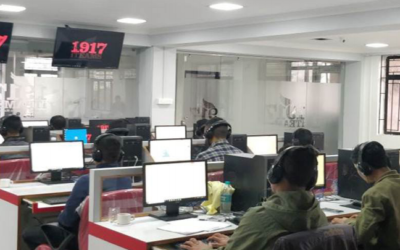
In recent years, Meghalaya’s economy has seen a gradual growth in the industrial and services sectors, and its consequent contribution to the GSDP (Gross State Domestic Product). Meanwhile, the share of the agricultural and allied sectors in the GSDP has decreased drastically from around 40% in the early ’80s to 15-19% currently. However, the agricultural sector still remains a significant source of employment for the state as more than two-thirds of the population is dependent on it for their livelihood.
Some of the major causes for such sectoral changes as part of the state economy can be attributed to the fragmentation of the agricultural land holdings, the greater numbers of small and marginal farmers, the resulting prevalence of tenant farming practices, and weak post-harvest management. The farmers are also beset by structural hurdles such as dominance of middle-men, trader cartelization, irregular power supply, lack of assured irrigation and access to finance. Perhaps the most challenging hurdle faced by the farmers across the state includes the absence of organized evacuation logistics, limited or no access to remunerative and sustainable markets and the absence of transparent processes and platforms that facilitate healthy buyer seller interaction and activities.
To address these challenges and empower the farmers of the state, the government of Meghalaya launched an innovative helpline, 1917, which is accessible from all telecom service provider networks of the state and from certain telecom circles outside the state. This number is based on the Integrated Technology Enabled Agri Management System, also referred to as 1917-iTEAMS. The goal of the initiative is to provide a platform for the farmers and related stakeholders in the state agricultural sector to network and connect with each other, and establish direct lines of communication with markets across the globe. The most important aspect of this initiative is the ability of farmers to directly access relevant and reliable information and markets, without the influence of middlemen and unreasonable traders.
1917iTEAMS enables the farmers to call the toll free 1917 number with queries related to Agriculture, Horticulture, Fisheries, Animal Husbandry, Apiculture and Sericulture. There are two Agri Response Centres (ARCs) linked to the 1917 number to respond to these queries, as well as provide farmers information related to disease management in crops, health management in livestock and even departmental schemes and training.
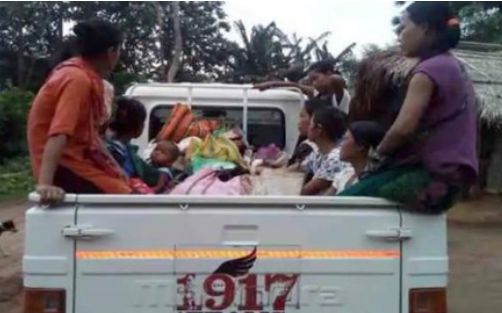
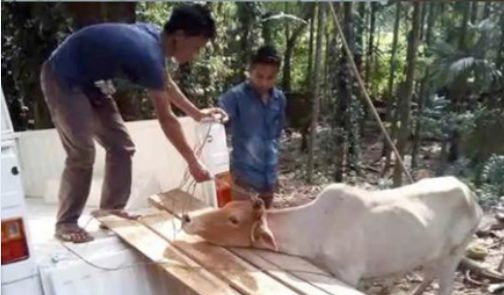
The 1917iTEAMS enables farmers and citizens to dial a single toll free number connected to a centralized call, dispatch and facilitation centre called the Agri Response Centre (ARC). The ARC operates on a cloud based technology platform which collates 1) advisory, market, evacuation and logistics demand of farmers, FPOs, SHGs, Cooperatives etc on the supply side, and 2) the requirement for agri produce/products from buyers on the demand side.
The ARC has a content dissemination section that processes this data and sends out important information through text-based SMS, voice calls, and through mobile apps, thereby enabling both buyers and sellers to make informed marketing choices. This includes information related to crop, weather, animal health, input dealers, market information, buyer demand, produce availability, plant protection, and expert advisories.

The other component of 1917iTEAMS is the evacuation and logistics service which consists of dedicated, entrepreneur owned, Agri Response Vehicles (ARVs) across the state. These vehicles are backed by a GPS enabled fleet management and tracking system, which will move out, under the direction and tracking of the ARC, to lift farmer’s produce from aggregation sites and transport the produce directly to the farmers’ choice of markets.
iTEAMS is a cloud based platform that provides advisory services and ensures a level playing field where buyers and sellers are made aware of each other’s needs and prices, and decide on whom they want to shake hands with. Once the deal is done the farmer / buyer places the call to the ARC on the toll free number for lifting and transportation of the produce by the ARVs to destinations of their choice.